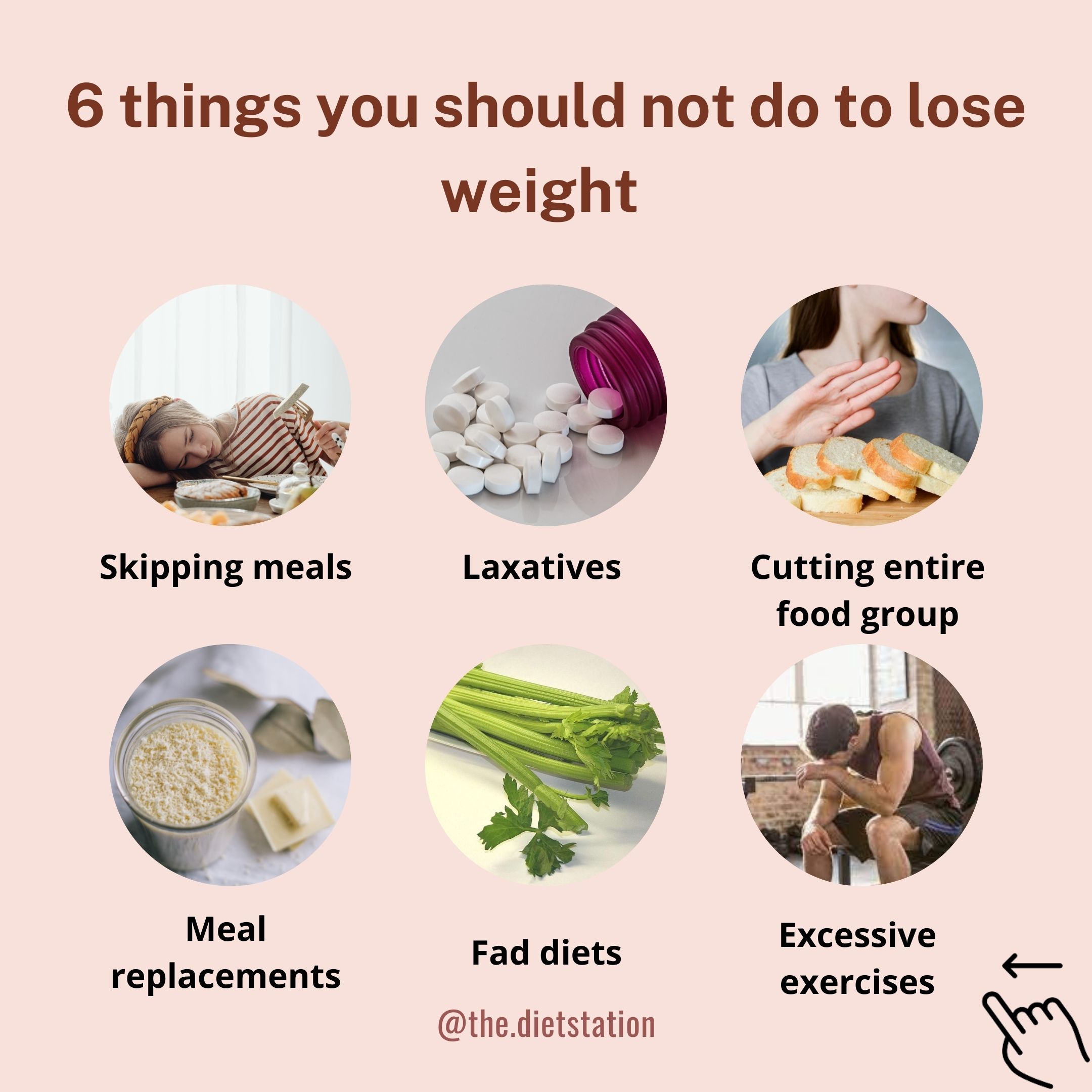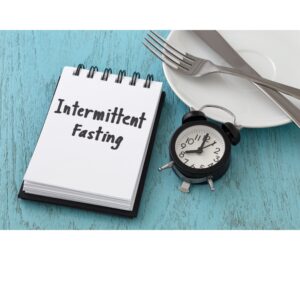
Intermittent fasting is trending now. However, it doesn’t mean 16:8 method only. Do you know how many types of IF?
Types of Intermittent fasting
IF is an eating pattern, the most common one is the 16:8 method.
-The 16:8 method = Restricting your food and drink consumption within 8 hours per day, fasting period is 16 hours
-The 5:2 diet = Consume 500-600kcal twice a week and eating “normally” ~2000kcal on the other 5 days
-Alternate day fasting (ADF) = fasting every other day, consume 25% of usual intake (approximately 500 kcal), alternated with a “feast day” where individuals can eat as much as they want [1]
-The warrior diet = 20-hour fast, can eat “anything” for a 4-hour window. It is recommended to consume unprocessed, healthy and organic foods [2]
How does IF work?
- Reduce insulin secretion – Insulin is a hormone that increases when consuming foods, then storage foods as fat (fuel) in our bodies. Reducing insulin level helps our bodies to burn fat [3]
- Enhance norepinephrine content – norepinephrine is one of the stress hormones which stimulates fat release to bloodstream for burning as energy [4]
- Enhance human growth hormones secretion (HGH) – HCH is a hormone released by pituitary gland which helps to increase metabolism and assists with mobilising fats from fat tissues (=burn fats) [5,6]
- Affect leptin & Ghrelin – Ghrelin is a hunger hormone which has opposite function to leptin (a satiety hormone). When fasting, ghrelin will decrease which suppress our hunger [7,8]

IF is not suitable for everyone! To learn more, check out the other post 8 types of people shouldn’t do IF
[1] Trepanowski JF, Kroeger CM, Barnosky A, Klempel MC, Bhutani S, Hoddy KK, Gabel K, Freels S, Rigdon J, Rood J, Ravussin E. Effect of alternate-day fasting on weight loss, weight maintenance, and cardioprotection among metabolically healthy obese adults: a randomized clinical trial. JAMA internal medicine. 2017 Jul 1;177(7):930-8.
[2] Available from: https://www.healthline.com/nutrition/warrior-diet-guide
[3] Antoni R, Johnston KL, Collins AL, Robertson MD. Effects of intermittent fasting on glucose and lipid metabolism. Proceedings of the Nutrition Society. 2017 Aug;76(3):361-8.
[4] Gotthardt JD, Verpeut JL, Yeomans BL, Yang JA, Yasrebi A, Roepke TA, Bello NT. Intermittent fasting promotes fat loss with lean mass retention, increased hypothalamic norepinephrine content, and increased neuropeptide Y gene expression in diet-induced obese male mice. Endocrinology. 2016 Feb 1;157(2):679-91.
[5] Ho KY, Veldhuis JD, Johnson ML, Furlanetto R, Evans WS, Alberti KG, Thorner MO. Fasting enhances growth hormone secretion and amplifies the complex rhythms of growth hormone secretion in man. The Journal of clinical investigation. 1988 Apr 1;81(4):968-75.
[6] Dietz J, Schwartz J. Growth hormone alters lipolysis and hormone-sensitive lipase activity in 3T3-F442A adipocytes. Metabolism. 1991 Aug 1;40(8):800-6.
[7] Alzoghaibi MA, Pandi-Perumal SR, Sharif MM, BaHammam AS. Diurnal intermittent fasting during Ramadan: the effects on leptin and ghrelin levels. PloS one. 2014 Mar 17;9(3):e92214.
[8] Ravussin E, Beyl RA, Poggiogalle E, Hsia DS, Peterson CM. Early time‐restricted feeding reduces appetite and increases fat oxidation but does not affect energy expenditure in humans. Obesity. 2019 Aug 1;27(8):1244-54.



